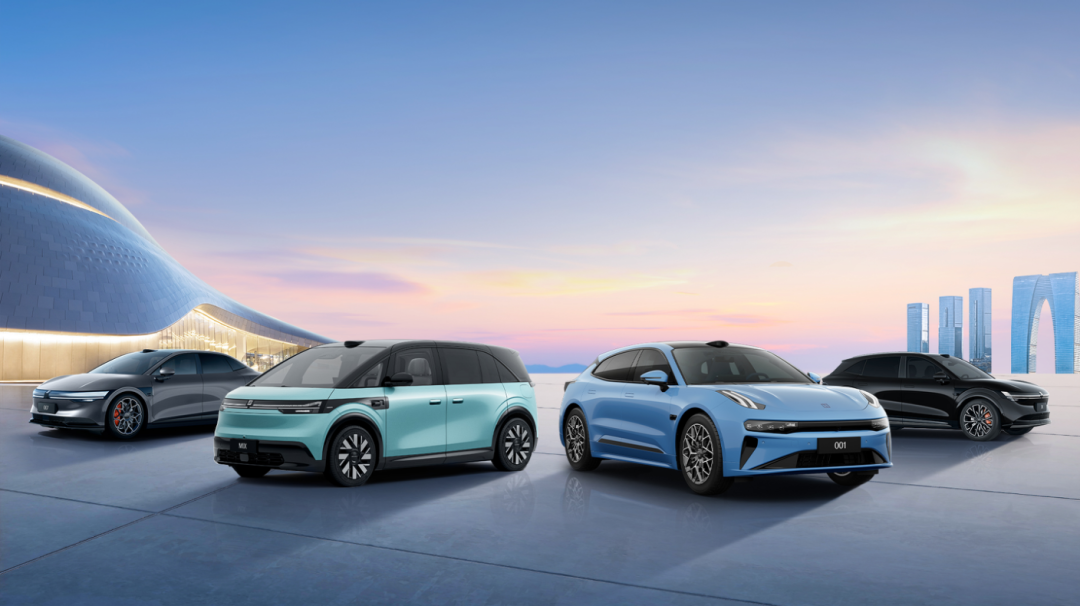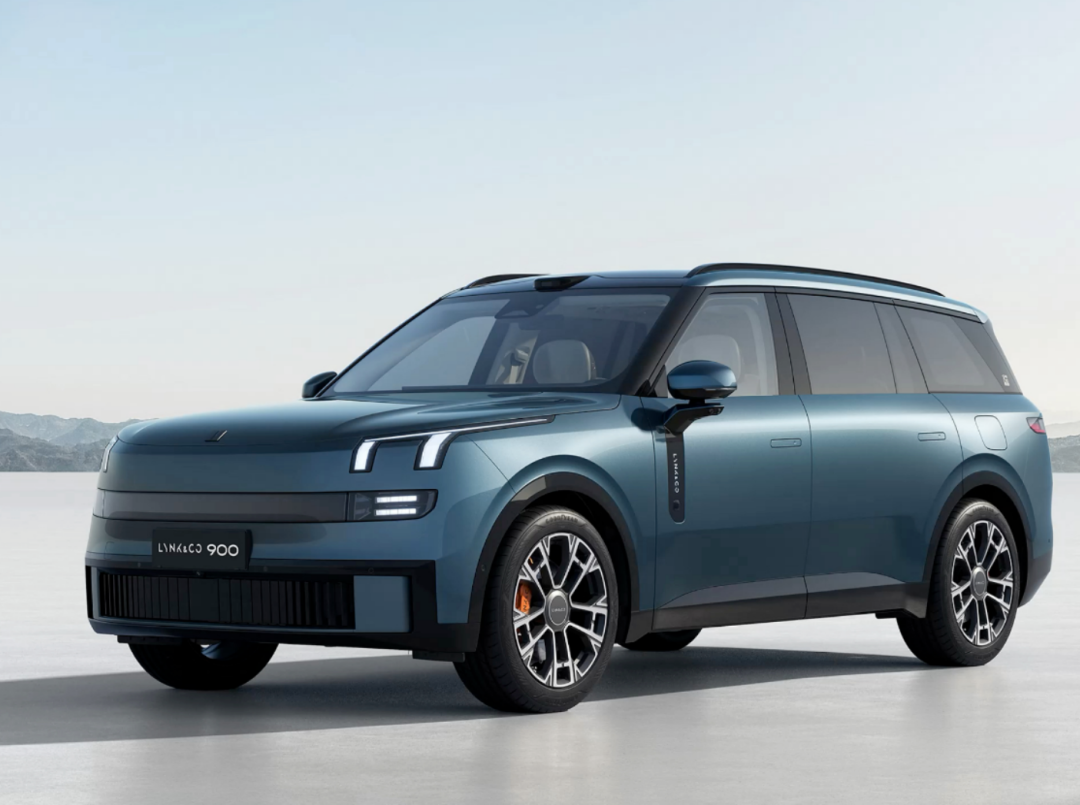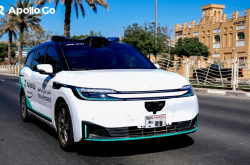Geely Auto's Privatization of Zeekr: A Strategic Leap or a Valuation Maneuver?
![]() 05/12 2025
05/12 2025
![]() 618
618
On May 7, 2025, Geely Auto made a non-binding offer to its premium electric vehicle brand Zeekr, aiming to acquire the remaining 34.3% of shares at $25.66 per share and delist Zeekr from the New York Stock Exchange. This move comes just a year after Zeekr's listing in May 2024, prompting extensive market speculation about Geely's strategic intentions.
Zeekr's journey from a 34% surge on its listing day to its current undervalued market capitalization and a net loss of 5.79 billion yuan in 2024 suggests a "stop-loss" strategy in the capital market. However, it also underscores the strategic choices facing Chinese electric vehicle companies amid industry restructuring—whether to consolidate resources to combat internal competition or accept the restructuring of valuation logic.
▍Valuation Concerns Drive Privatization
Zeekr's post-listing market performance has consistently fallen short of expectations. Despite generating revenue of 75.9 billion yuan and selling over 220,000 vehicles in 2024, its market valuation remained subdued. Prior to the privatization announcement, Zeekr's share price stood at $22.6 per share, with a total market value of $5.742 billion and a price-to-sales ratio (P/S) of 0.7 times, lower than competitors like NIO and XPeng.
Product-wise, Zeekr relies heavily on the 001 and 7X models, which account for nearly 70% of its sales. Models like Zeekr X and MIX have yet to gain market traction, while competition from Xiaomi's SU7 and XPeng's P7+ continues to pressure Zeekr's offerings. Unsurprisingly, US investors have been cautious. By reclaiming control at a 13.6% premium, Geely avoids the drag of a valuation trough on its overall capital layout.
From a business structure perspective, Zeekr is heavily reliant on the resource support of the Geely Group. Its production primarily depends on Geely's factories and supply chain systems, with fixed assets accounting for less than 10% of total assets. High payables to related parties (primarily production fees to Geely) have led to a high asset-liability ratio of 1.31 times, indicating high debt levels. Additionally, the battery, electric drive, and R&D revenue included in Zeekr's financial statements mainly stem from related party transactions, raising doubts about their sustainability and further depressing the valuation.

Geely's pricing strategy also reveals valuation considerations. The $25.66 per share offer represents a 13.6% premium over the closing price before the announcement but is still 4.72% lower than the $26.87 price when Geely increased its stake in November 2024. By completing the privatization at a lower cost, Geely aims to enhance Zeekr's intrinsic value through resource integration, potentially relisting at a higher valuation in the future to maximize capital gains.
More importantly, as an independent listed entity within the Geely system, Zeekr's technology investment and supply chain resources are shared within the group, making it challenging for the market to independently assess its technology premium. For instance, the research and development costs of the SEA Oceanic architecture and Golden Brick battery are shared by multiple brands within the Geely Group, diluting Zeekr's independent valuation in the capital market.
Moreover, investors have raised concerns that Geely is "trading short-term liquidity pressure for long-term control." The privatization price, which is only a 22% premium over the IPO price, is deemed inadequate in reflecting Zeekr's technology asset value and may undermine the brand's independence. The market's core concern is whether Zeekr's established premium positioning will be diluted upon returning to the Geely system.
▍From "Competition" to "Collaboration"
Geely's decision to privatize Zeekr is essentially the practical implementation of the "Return to One Geely" strategy outlined in the Taizhou Declaration. Issued in September 2024, the Taizhou Declaration clearly stated the need for "strategic integration," followed by actions such as merging Geometry into Yinhe and integrating Zeekr with Lynk & Co., marking Geely's shift from a multi-brand "competition" model to a "collaborative" model of resource coordination.
The integration of Zeekr and Lynk & Co. lies at the heart of this strategy. In February 2025, Zeekr acquired a 51% stake in Lynk & Co. for 9.367 billion yuan, forming the Zeekr Technology Group and establishing a dual-brand structure where "Zeekr aims high, and Lynk & Co. expands breadth." Streamlining and optimizing product lines is another focus of the integration. Zeekr has cut 20% of its models to avoid overlap with Lynk & Co. products, focusing on its mainstay models like the Zeekr 001 and 007 GT, and plans to launch the 9X model, priced at nearly one million yuan, to tap into the high-end market.
Lynk & Co., on the other hand, has consolidated its position in the mid-to-high-end market by launching models like the Lynk & Co. 900. In the first four months of 2025, its sales exceeded 100,000 units, completing 25.7% of its annual target, significantly outperforming Zeekr. This division of labor, with Zeekr targeting the high-end market and Lynk & Co. focusing on volume, not only avoids internal competition but also forms a comprehensive product matrix covering a broader price range.

Zeekr's privatization is also a microcosm of the intense competition in the electric vehicle industry. The industry has entered a phase where "the survivor reigns." In the first quarter of 2025, the penetration rate of domestic electric vehicles exceeded 45%, but market concentration continues to rise, with the top 10 enterprises accounting for 85% of the market share. In this environment, the decentralized "competition" model is unsustainable, and integration has become a necessary path for survival.
The necessity of integration is particularly evident in Zeekr's sales dilemma. In the first four months of 2025, Zeekr's cumulative sales were 55,000 units, only 17.2% of its annual target. Its flagship model, the Zeekr 001, saw its monthly sales drop from over 7,000 units to just over 2,000 units starting this year.
For the industry, Zeekr's privatization marks a new phase in the transition of the electric vehicle industry from "scale expansion" to "efficiency competition." In this race, enterprises not only need technological innovation capabilities but also must build a collaborative and efficient resource integration system. Geely's privatization of Zeekr is not merely a response to the current valuation dilemma but also a strategic choice for the current and future markets. However, the effectiveness of the integration still needs time to prove: whether the synergy between Zeekr and Lynk & Co. can truly achieve 1+1>2, whether breakthroughs in the high-end market can offset the pressure of declining sales, and whether privatized Zeekr can catch up in the race for intelligent technology. These questions will ultimately determine the success of Geely's "Return to One Geely" strategy.
Typesetting 丨 Yang Shuo
Image Source: Zeekr Auto, Lynk & Co. Auto





